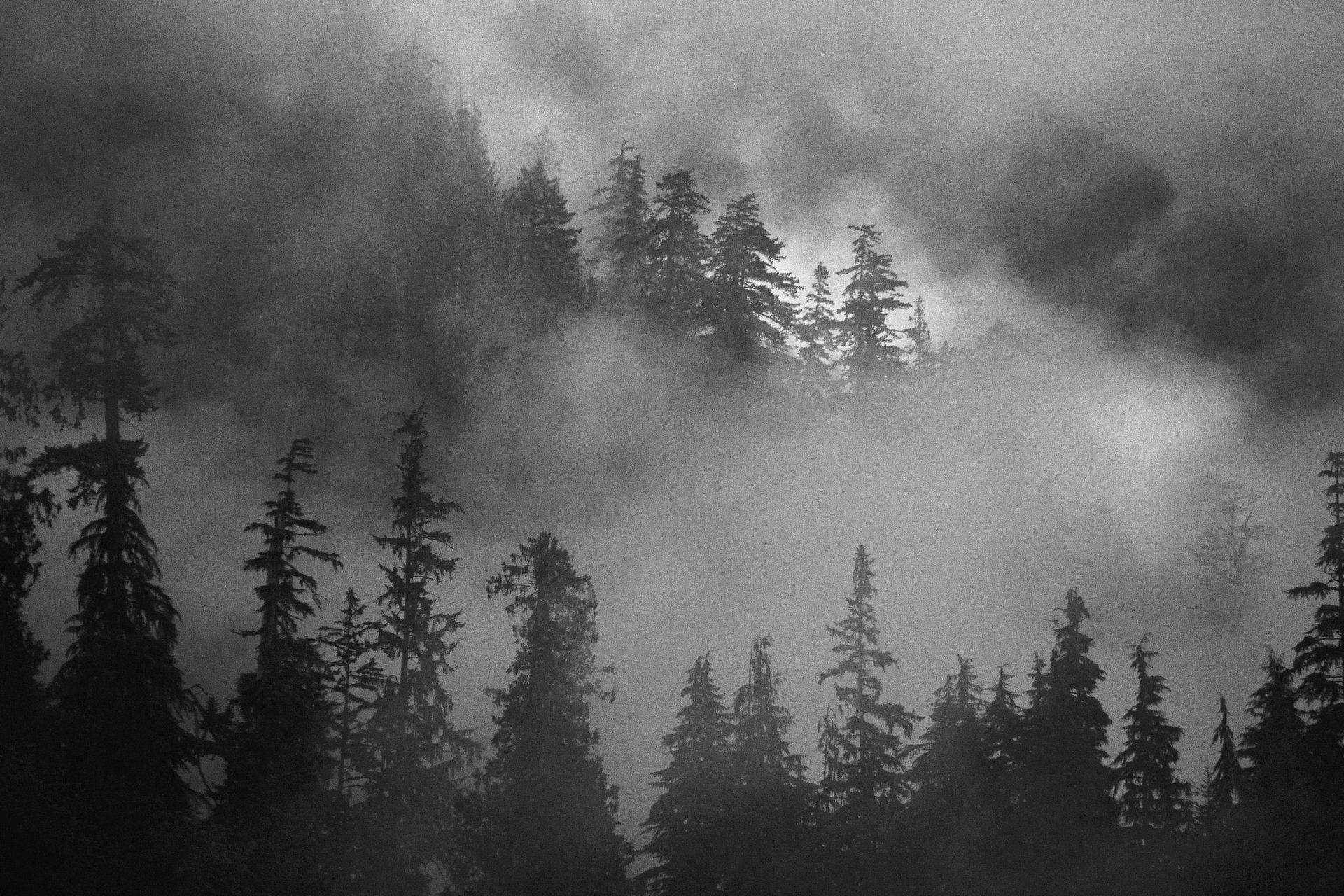Unveiling the Heart of Midwestern Narratives
- Jay Whales

- Jul 16
- 4 min read
Midwestern narratives are rich with history, culture, and emotion. These stories not only tell of individual experiences but also reflect the collective spirit of communities located in America’s heartland. Midwestern fiction often serves as a prism through which we can examine broader themes of resilience, simplicity, and the quest for identity. This blog post explores various dimensions of mid-western narratives, where the regional landscape plays a significant role in shaping the tales told.
What Makes Midwest-Inspired Fiction Unique?
Midwest-inspired fiction stands out for its authenticity and deep connection to place. The region is characterized by vast cereal fields, small towns, and changing seasons, all of which contribute to the narrative landscape. This literary genre mirrors the everyday lives of its protagonists, often emphasizing themes such as family bonds, rural struggles, and the beauty of the ordinary.
Authors like Willa Cather and Sinclair Lewis illuminate the inner workings of Midwestern communities through their vivid descriptions and complex characters. Literature here tends to touch on America’s agrarian roots, providing insights into the lives of people who often feel marginalized in the broader cultural conversation.

Statistics indicate that regions with close-knit communities often have deeper narratives. According to a survey by the National Endowment for the Arts, 59% of readers in rural areas feel a strong connection to literature that reflects their region. This connection helps to foster a sense of pride in one’s local culture and creates a space for shared stories.
The Role of Setting in Midwestern Stories
The importance of setting in Midwestern narratives cannot be overstated. The landscapes, economic conditions, and even the climate act as characters within the story. For example, writers utilize cold winters as a backdrop for introspection or crises. Farms and small towns become metaphors for stability or isolation, depending on the character’s journey.
Settings are also reflective of historical events that shape the narratives. The Dust Bowl, for example, has become an iconic part of Midwestern literature, influencing works that explore themes of loss, migration, and resilience. These narratives often evoke a sense of nostalgia while inviting critical reflection on socio-economic changes.

This connection to setting extends to the urban landscapes of cities like Chicago and St. Louis, where the vibrant cultures create entirely new narratives focused on migration, diversity, and the complexities of urban life. Understanding these settings can enrich our reading experience, making the emotional arcs of characters more relatable and poignant.
What is a story that starts in the middle called?
A story that starts in the middle is often referred to as "in media res." This narrative technique draws the reader into the action immediately, skipping the slower exposition that typically precedes the main conflict. Many Midwestern authors skillfully employ this approach to introduce their protagonists at a crucial moment in their lives—whether it is a turning point that leads to growth or a crisis that must be overcome.
Consider the works of authors like Marilynne Robinson, who begins her stories amidst complex family dramas that evolve throughout the narrative. Beginning in media res allows readers to engage immediately with the emotional stakes involved. This technique mirrors the often chaotic and intricate lives of individuals in the Midwest, adding layers of meaning and urgency to their stories.
The Themes of Resilience and Identity
Midwestern stories frequently explore resilience as a core theme. The characters often face external challenges, such as natural disasters or economic downturns, that test their strength. This resilience is not just a personal trait but is deeply embedded in the culture of the Midwest, where struggles often forge meaningful relationships and communal bonds.
Identity can also be a central theme, with characters grappling with who they are in relation to their surroundings. Many Midwestern narratives center on the conflict between tradition and change, portraying characters who navigate the complexities of modernity while holding onto their roots. These stories resonate well with readers who may also be questioning their identities amid rapid social changes.

Reflecting on these themes is both timely and timeless. Readers can draw parallels with their own lives, making the narratives of the Midwest universally appealing despite their regional focus.
How to Dive Into Midwestern Fiction
If you’re interested in exploring Midwest-inspired narratives further, there are numerous resources available. Local libraries and independent bookstores often carry collections highlighting Midwestern authors. Consider starting with anthologies that showcase a variety of voices, giving you a taste of different styles and stories.
Online platforms also offer a treasure trove of resources. Websites highlighting "mid-western-stories" can lead you to gems you might not find elsewhere. Participating in book clubs focused on Midwestern literature can help you engage with others, sharing insights and interpretations that deepen your understanding of these powerful narratives.
Actionable Recommendations:
Join a Reading Group: Find or start a book club focused on Midwest-inspired fiction. This encourages diverse discussions and perspectives.
Explore Local Authors: Look for books written by local authors. Support your community by purchasing their works and attending author readings.
Visit Historical Sites: Consider taking trips to locations that inspired Midwestern narratives. The experiential learning is invaluable.
The Enduring Legacy of Midwest-Inspired Narratives
As we peel back the layers of Midwestern fiction, we can see that these stories are more than just narratives about a particular place. They serve as emotional maps that help us navigate our complex realities. They offer glimpses into the lives of people grappling with both universal and specific challenges, reminding us of the beauty in shared experiences.
These narratives provide a canvas for both introspection and discovery, revealing truths about community, resilience, and the human condition. Whether set against the backdrop of vast prairies or bustling cities, Midwest-inspired fiction is a testament to the rich tapestry of stories waiting to be shared.
As you explore these landscapes through the eyes of Midwestern writers, remember that each story not only reflects a moment in time but also contributes to the ongoing narrative of a region that is both unique and familiar. So, immerse yourself in the enchanting world of Midwestern narratives, and allow yourself to be moved by their profound simplicity and depth.































Comments